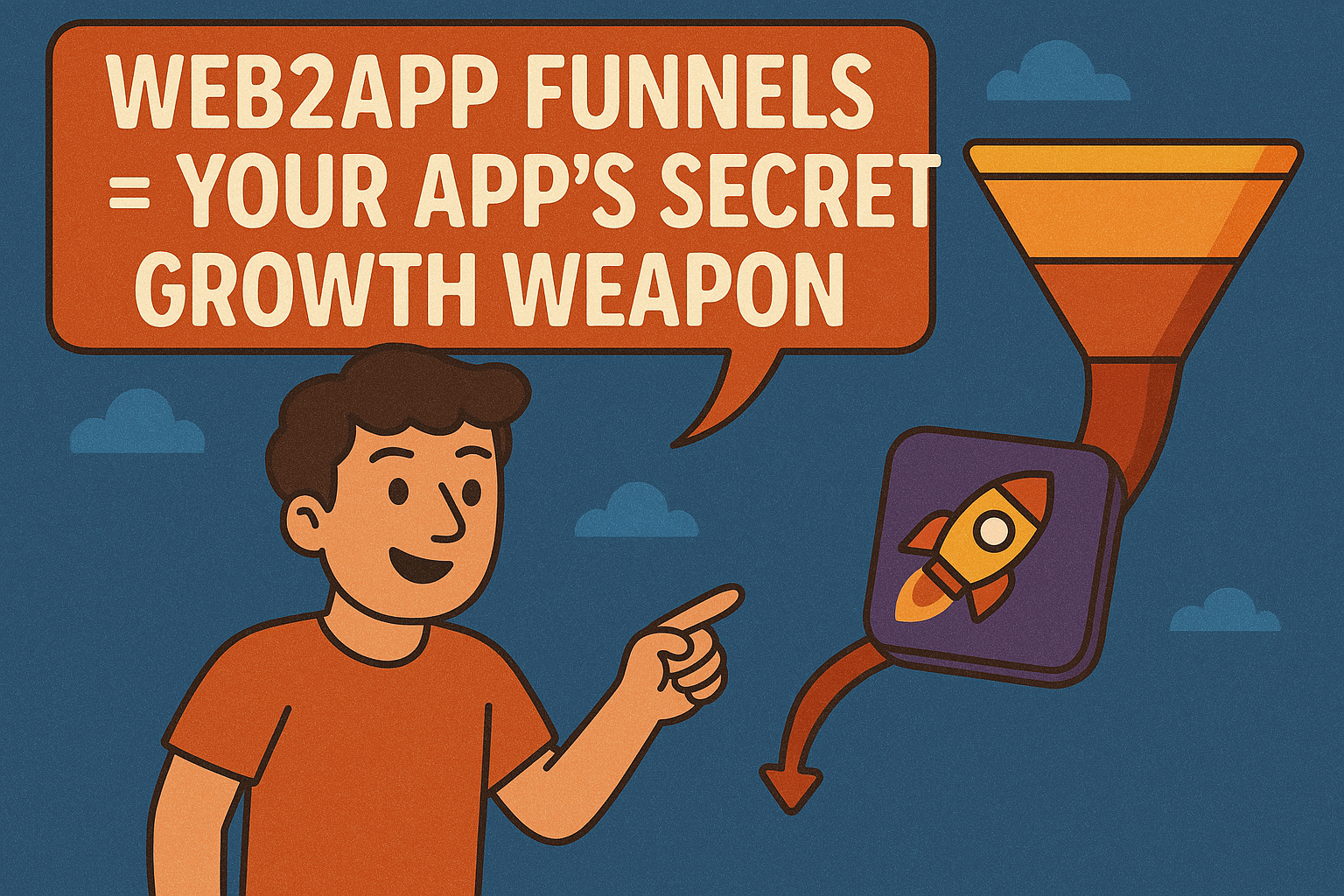Apple’s event “Hi, Speed” has come and gone. And now, there are officially four new iPhones: iPhone 12 mini, iPhone 12, iPhone 12 Pro and iPhone 12 Pro Max.

- Price and preordering
iPhone 12 and iPhone 12 Pro cost $799 and $999, respectively. They can be order this Friday, October 16, and the launch is on October 23.
The iPhone 12 mini costs $699 and the price of the iPhone 12 Pro Max is $1,099. They can be ordered on November 6, with deliveries starting on November 13.
- 5G
All four models support 5G, and Cook says that Apple will collaborate with carrier partners around the world to “ensure iPhone users get the best possible experience.”
“5G will bring a new level of performance for downloads and uploads, higher quality video streaming, more responsive gaming, real-time interactivity and so much more,” Cook said.
The new iPhone 12 series includes the most 5G bands in a single phone but remain space sufficient, the company claims.
- A14 Bionic
Apple says the A14 Bionic chip that powers the new iPhones is the fastest smartphone chip ever and the first built on a 5nm process technology. The new 6-core CPU is up to 50% faster than the leading chips in other smartphones. The A14 also features the latest 4-core GPU designs – driving image quality and overall efficiency, which Apple says is the best in any mobile phone.
Furthermore, with an additional CPU dedicated ML accelerator in A14, Apple thinks that developers will benefit from the improved ML performances on the entire chip.
For the iPhone 12 Pro series, the Image Signal Processor (ISP) built in the A14 chip enables a new feature called “computational photography.”
- LiDAR scanner
The new iPhone 12 Pros also has LiDAR technology with a LiDAR scanner. With the ML and depth framework of iOS 14, the phones can better “understand” their surroundings and build a depth map of the scene. This enables features such as object and room scanning, photo and video effects, and precise placement of AR objects.
The LiDAR scanner boosts the camera systems’ ability to see in the dark. The new iPhones can use the tech for autofocus in low-light scenes in both photos and videos.
- iPhone 12 and iPhone 12 Mini
The iPhone 12 is finally here and is very colourful. The new iPhone is available in black, white, product red, green and blue.
It has the same display 6.1-inch size as the iPhone 11. And OLED display is coming to non-Pro iPhones. The iPhone 12 has a Super Retina XDR Display, and it has twice as many pixels as on the iPhone 11. That means clearer text, darker black and extra-vibrant colours.
The iPhone 12 has Ceramic Shield, and Apple claimed it is tougher than the glass on any other smartphone.
On the camera front, there’s still a dual-camera system:
- 12-megapixel ultra-wide camera
- 12-megapixel wide camera with an F/1.6 aperture and seven-element lens.
Also, Night Mode is here, expanding to both back cameras and the TrueDepth front-facing camera.
The iPhone 12 Mini is real, and this made a lot of people very happy. It has a 5.4-inch display that makes it smaller than the iPhone SE. It has all the same features of the iPhone 12.
- iPhone 12 Pro and iPhone 12 Pro Max
The Pro models come in these colours: space grey, silver, gold and pacific blue. They support the MagSafe charging standard and feature the new Ceramic Shield display.
The iPhone 12 is 6.1 inches, and the iPhone 12 Pro Max is 6.7 inches.
There’s the new Deep Fusion, which provides great detail in images, arrives on all cameras on the Pro and Pro Max.
Here are the three rear cameras:
- 12-megapixel ultra-wide camera
- 12-megapixel wide with f/1.6 aperture
- 12-megapixel telephoto designed for portraits and optical zoom
What’s more, Apple is enabling HDR video recording. The 10-bit dynamic range allows you to capture more colours and sharper images. It’s also the first device to record Dolby Vision HDR.
- HomePod Mini
The smaller HomePod is spherical and available in either space grey or white.
Like the bigger HomePod, there’s an Apple S5 chip inside, which enables computational audio. The speaker will analyse the music to give you the best dynamic experience for your current setup.
HomePod Mini supports Apple Music, iHeartRadio, Podcast, Pandora and Amazon Music. Notably, Spotify is missing from that list.
Siri on the HomePod will be the same personal assistant as on any other Apple device. She can be your DJ; you can ask her to text; make a call, and even tell you your next scheduled event. What’s pretty awesome is that if you ask what time a market closes, Siri will sync up with CarPlay to have directions ready to go for you.
Also, the HomePod Mini can be a hub. You can ask her to turn on the lights, lock the doors, and so on. The new thing is Intercom, through which you send a message from one HomePod Mini to another.
HomePod Mini will cost $99, and it can be ordered on November 6. You can expect orders to arrive starting November 16.
- MagSafe
Apple is bringing MagSafe to the iPhone in the form of magnets built into the wireless charger coil. Moreover, Apple boosts the charge speed from 7.5 watts to 15 watts.
Essentially, cases and wireless chargers are magnetised to the back of the iPhone. Apple has a combination MagSafe Duo Charger, too, that combines an iPhone charger with an Apple Watch charger.



